
Why Dandelion Roots are the Most Important Part of the Plant

Despite often being dismissed as stubborn garden weeds, dandelions are remarkably resilient plants hiding a valuable secret underground. While their bright yellow flowers and fluffy seed heads attract attention above the soil, the true magic of the dandelion lies within its roots. Understanding the significance of these roots reveals why they deserve appreciation not only in our gardens but also in our kitchens and wellness routines.
Understanding the Dandelion’s Structure
To fully grasp the importance of dandelion roots, it helps to know the plant’s anatomy. Dandelions (Taraxacum officinale), members of the Asteraceae family, are perennials consisting of leaves, stems, flowers, and roots—each serving a distinct purpose in the plant’s life cycle and in human use.
-
Leaves: Packed with vitamins A, C, and K, and minerals like potassium and calcium, dandelion leaves are a nutritious addition to salads and herbal teas.
-
Stems: The milky sap found in the stems has long been used in traditional medicine for its potential healing properties.
-
Flowers: Beyond their beauty, the blossoms provide nectar for pollinators and can be used in teas and wines.
-
Roots: Hidden underground, the roots are the powerhouse of the plant—offering an array of medicinal, culinary, and practical benefits.
The Medicinal Virtues of Dandelion Roots
Dandelion roots are celebrated for their wide range of health benefits:
-
Liver Support: Traditionally used to aid detoxification, dandelion roots stimulate bile production and promote the elimination of toxins.
-
Digestive Health: Dandelion root tea soothes the digestive tract and helps maintain a healthy balance of gut bacteria.
-
Antioxidant Protection: Rich in antioxidants such as beta-carotene and polyphenols, these roots help neutralize free radicals.
-
Anti-Inflammatory Effects: Natural compounds in the roots can reduce inflammation, potentially easing conditions like arthritis.
-
Cancer Research Potential: Preliminary studies suggest dandelion root extract may inhibit the growth of certain cancer cells.
Culinary Uses of Dandelion Roots
Beyond their medicinal applications, dandelion roots are versatile in the kitchen and add depth to a variety of dishes:
-
Roasted Dandelion Root Coffee: A caffeine-free beverage with a deep, earthy, coffee-like flavor.
-
Dandelion Root Chips: A crunchy, nutritious snack made by roasting or frying sliced roots.
-
Soups and Stews: The roots’ earthy notes enhance the flavor of warm dishes.
-
Salads: Cooked or roasted dandelion roots add a satisfying texture and subtle bitterness to salads.
In Summary
Dandelions are far more than common lawn invaders—they are resilient plants with roots that hold exceptional value. From supporting liver and digestive health to serving as a flavorful culinary ingredient, dandelion roots prove to be the plant’s most essential and overlooked treasure. The next time you see a dandelion, remember that its greatest strength lies hidden beneath the soil, ready to nurture both body and spirit.
News in the same category


7 Signs of Mini Stroke in the Elderly
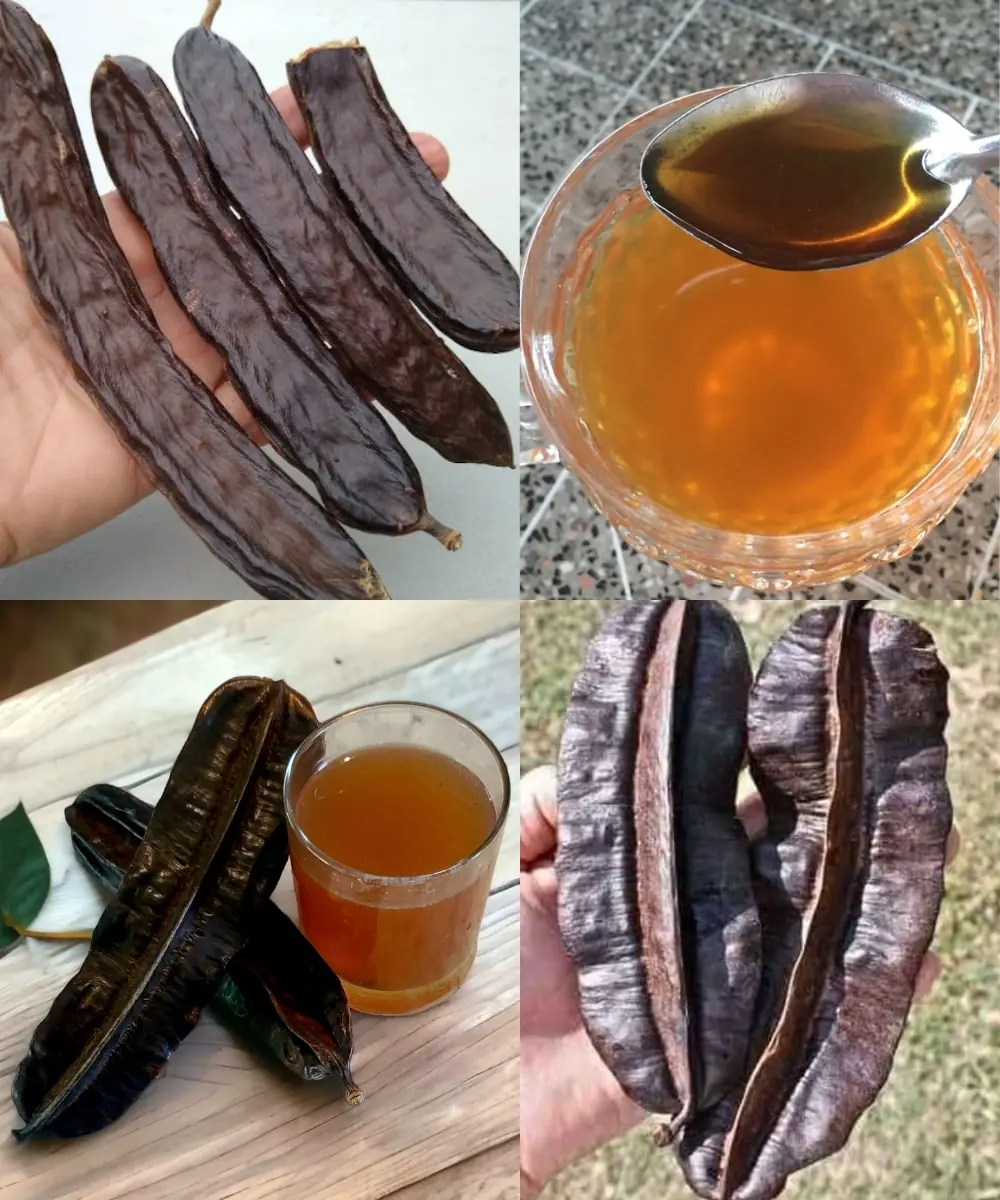
Carob: The Forgotten Superfruit Making a Healthy Comeback in 2025
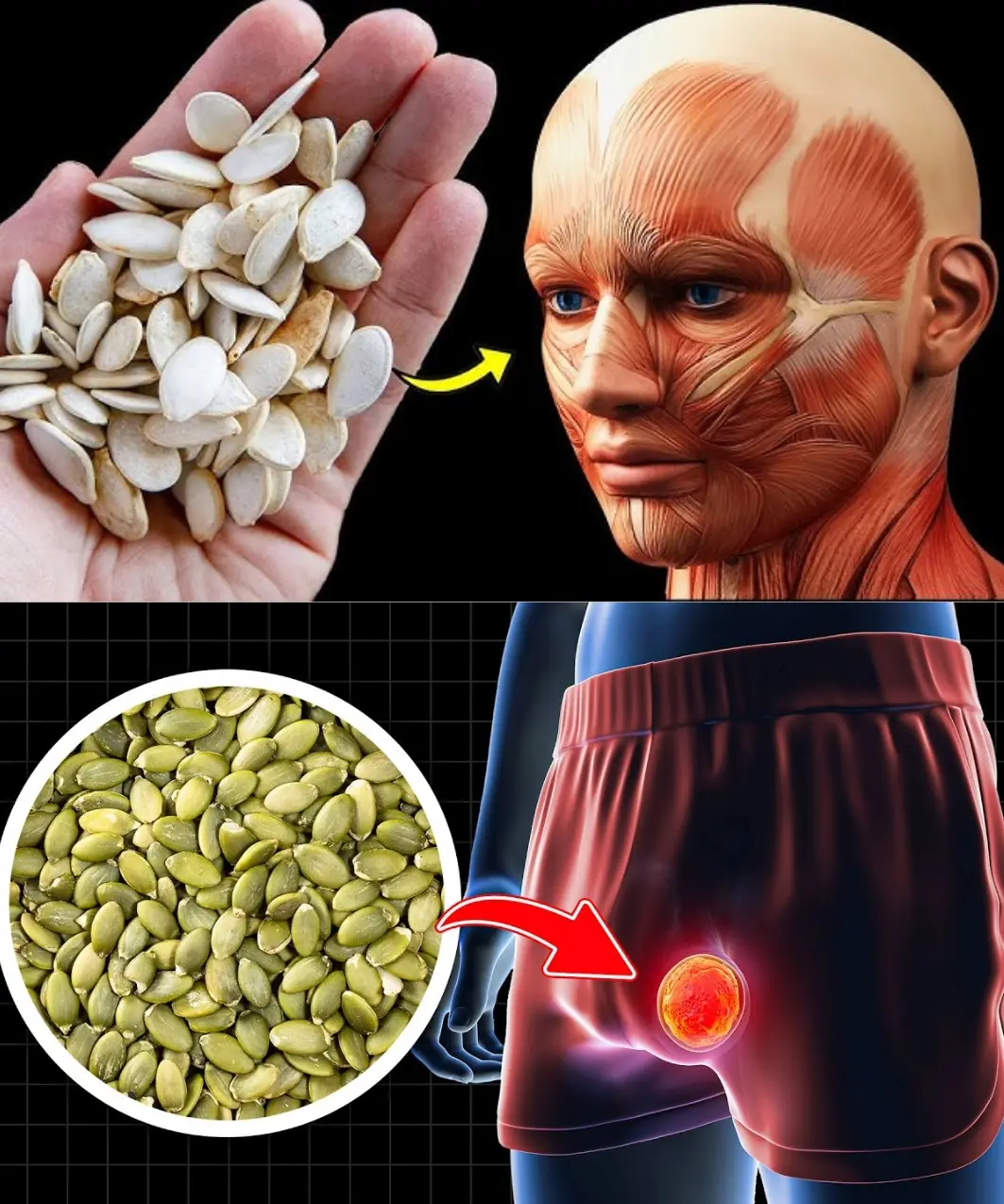
What Happens To Your Body When You Eat Pumpkin Seeds Every Day

4 foods to eat on an empty stomach in the morning to cleanse the gut, boost digestion, and lower cancer risk

What Your Skin Could Be Telling You About Hidden Health Issues

Banana Tea: Should You Try It? (Nutrition, Benefits, Recipe)

The Color of Your Stool Is Warning You About Your Health!

Remove Foot Calluses Naturally with This Simple Bread Remedy

Is It Acceptable to Wear Underwear Two Days in a Row? A Surprising Answer

10 Signs You Might Have Parasites

Put your index fingers together — what you see could reveal early signs of lung ca.n.cer, according to doctors

3 Unusual Neck Signs That May Warn of Cancer

Eat THIS to Get Rid of Swollen Legs & Feet – Incredibly Fast!

Detect Early: Cancer Symptoms You Should Never Ignore

8 Warning Signs of Oral Cancer
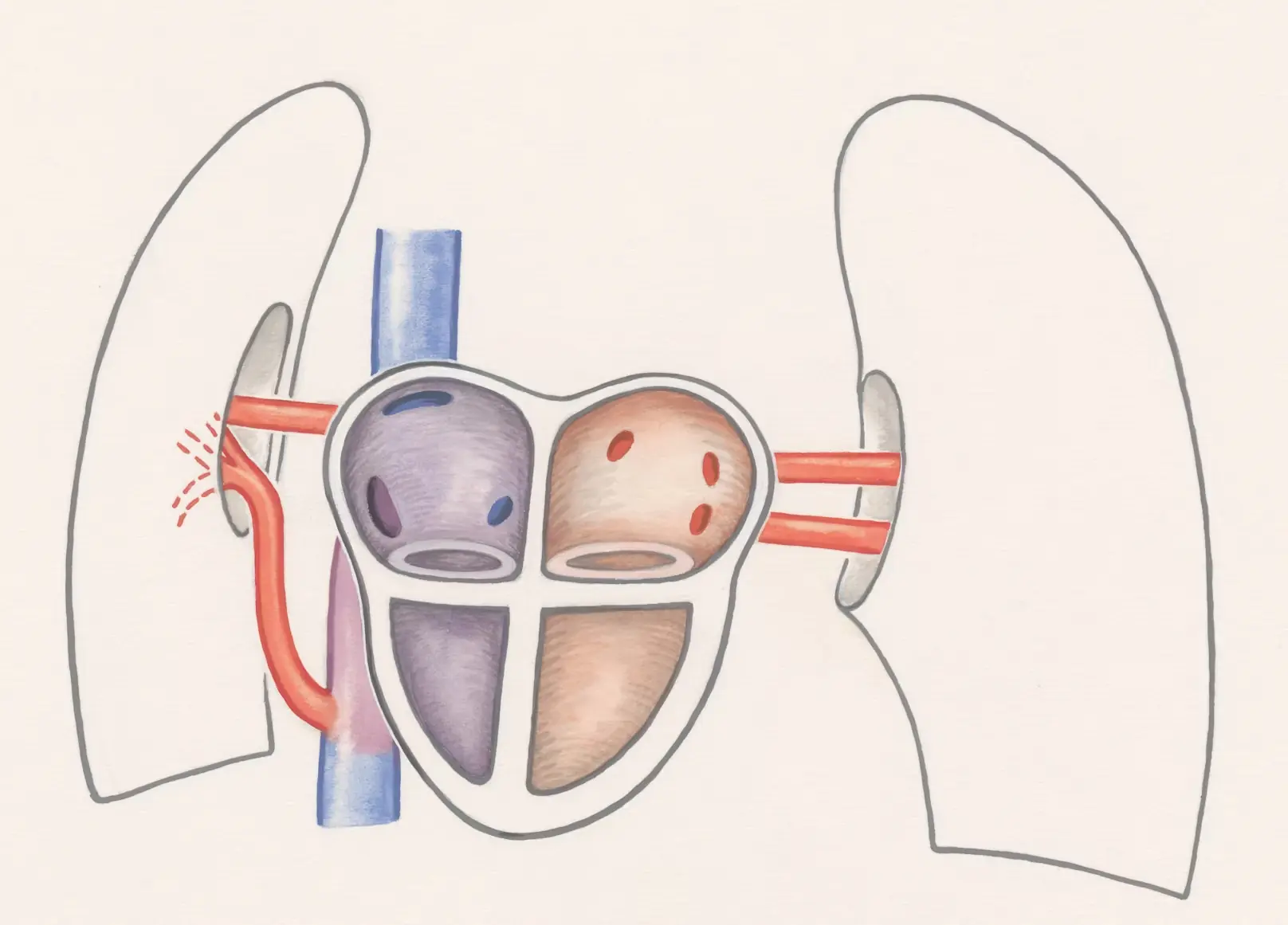
Doctors Shocked After Finding 300 Kidney Stones In Young Woman

13 Reasons You Should Eat Eggs and Sweet Potatoes Every Morning

If your mouth feels dry at night, here are 8 reasons why
News Post

Why Natural Beauty Deserves More Appreciation

10 Ways Your Body May Be Telling You Something’s Wrong
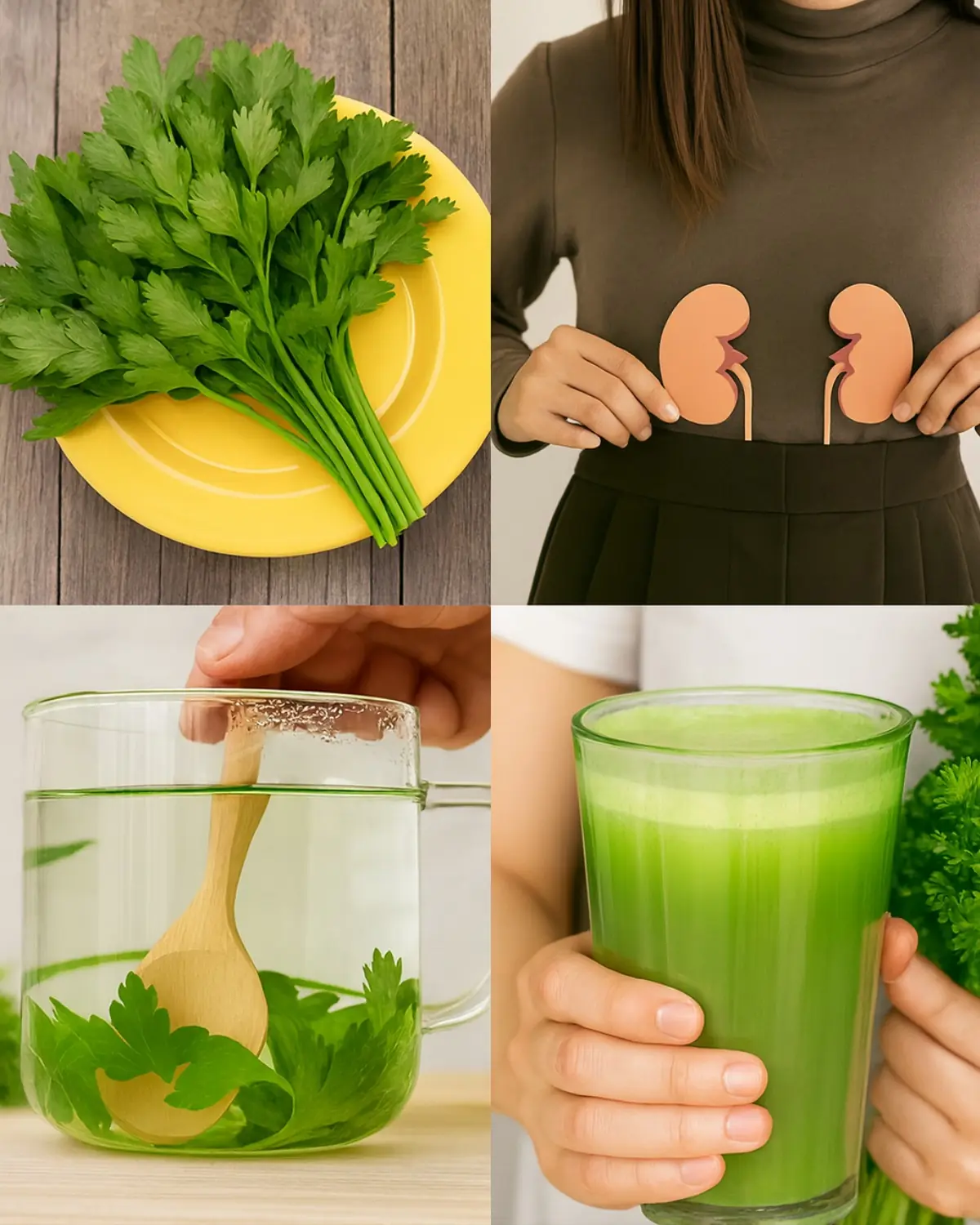
Drink Parsley Water for 5 Days – Kidney Benefits Await
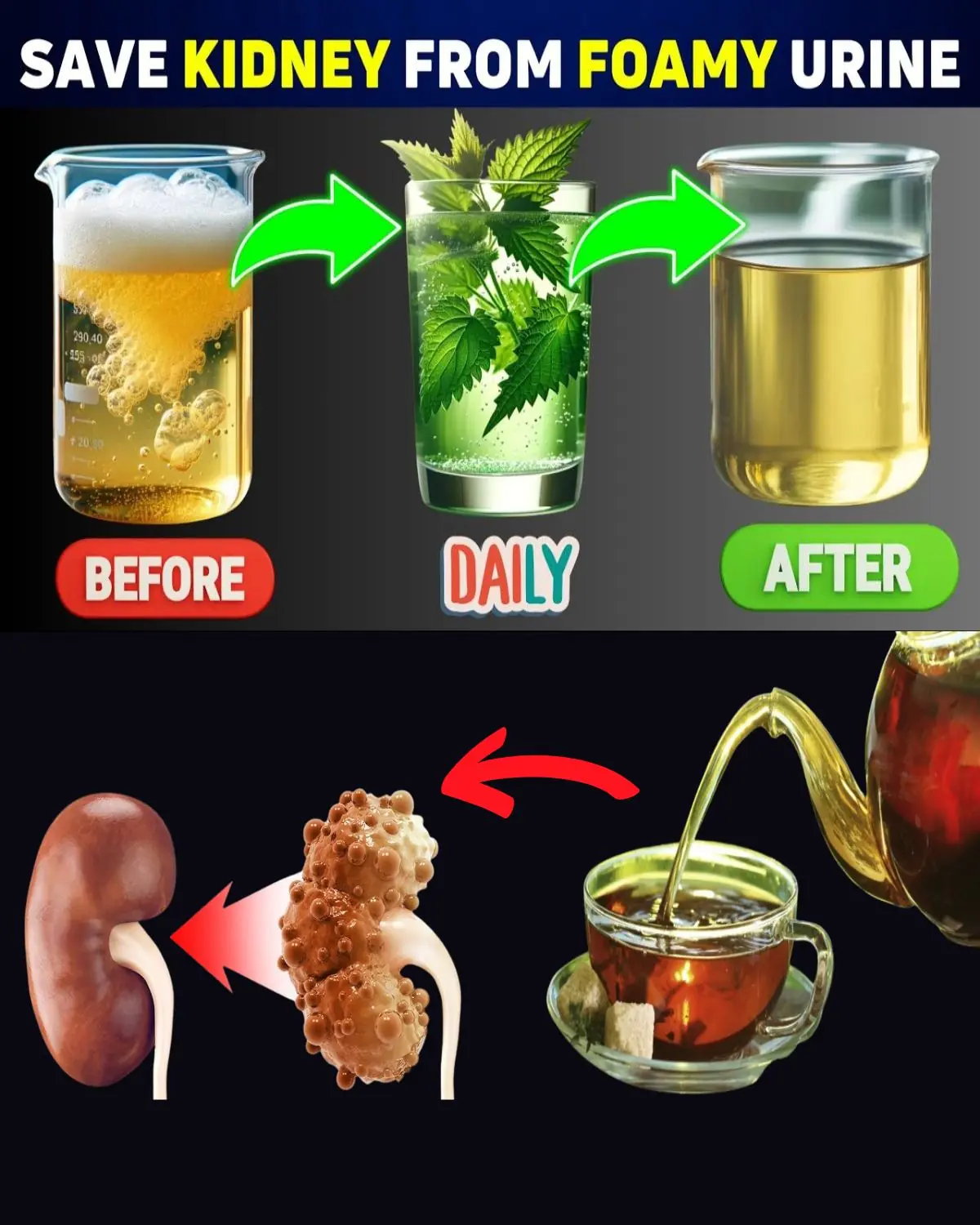
Top 10 Super Drinks to Support Kidney Health and Reduce Proteinuria

Cancer Hates These 6 Seeds – Seniors, Eat Them Daily (Support Wellness Naturally)

Boy shares a heartfelt hug with his dog before surgery — the outcome surprises everyone
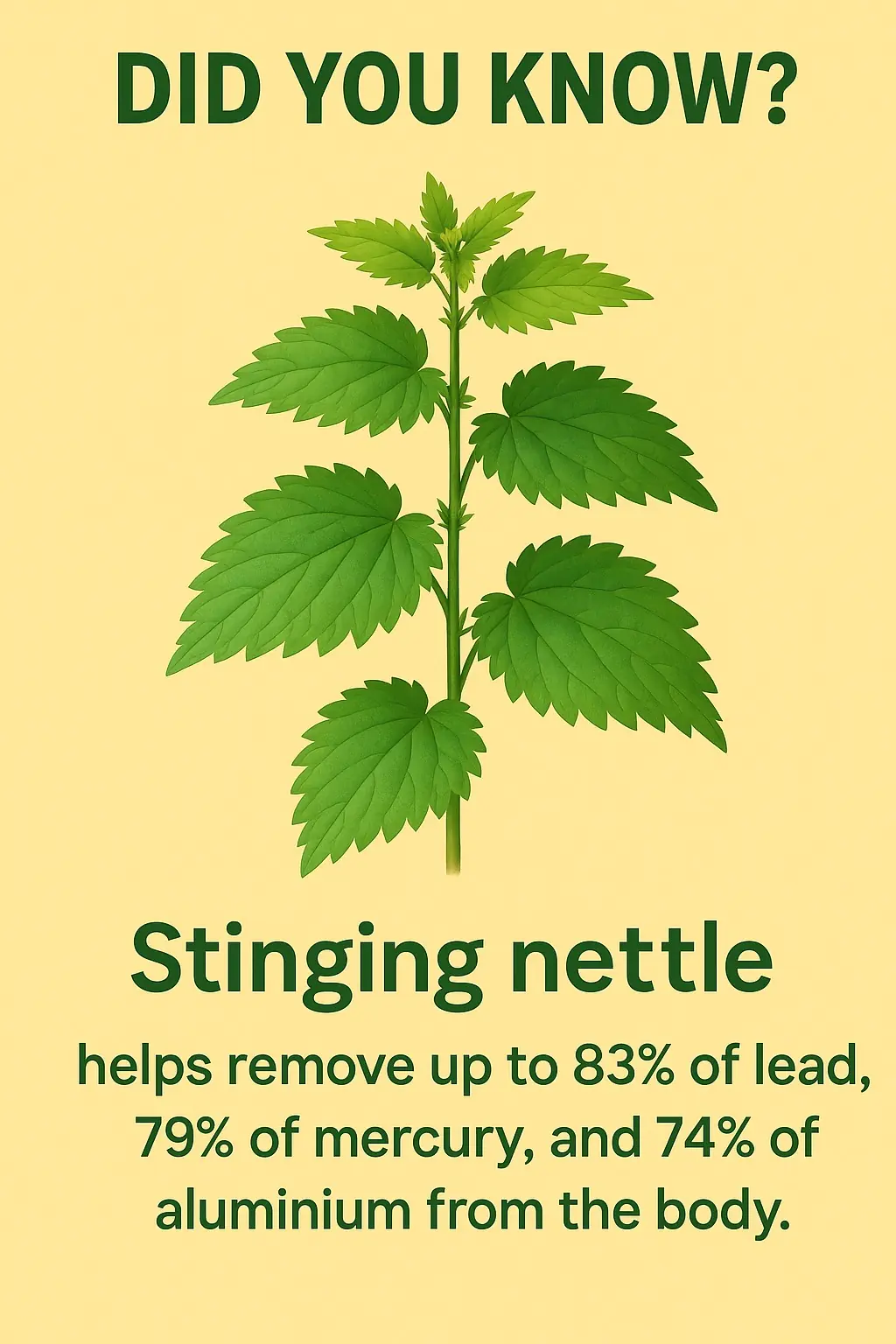
Stinging Nettle (Urtica dioica): A Powerful Detoxifying Plant Hidden in Plain Sight

A Heartwarming Act of Kindness in the Philippines: Woman Helps Elderly Balloon Vendor After Heartbreaking Loss

7 Benefits of Chewing Raw Garlic on an Empty Stomach

Model Makes History by Breastfeeding Her Baby on the Runway — A Moment That Redefined Motherhood in Fashion

What causes night cramps and how to fix the problem

Pick your wing to reveal who your guardian angel is

7 Signs of Mini Stroke in the Elderly

61-year-old man remarries his first love, wedding night brings shocking revelation

When a K-Pop Birthday Went Wrong: The Brazilian Brother Who Mistook Kim Jong Un for a Korean Idol

Carob: The Forgotten Superfruit Making a Healthy Comeback in 2025

What Happens To Your Body When You Eat Pumpkin Seeds Every Day

4 foods to eat on an empty stomach in the morning to cleanse the gut, boost digestion, and lower cancer risk
